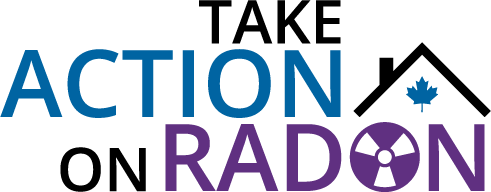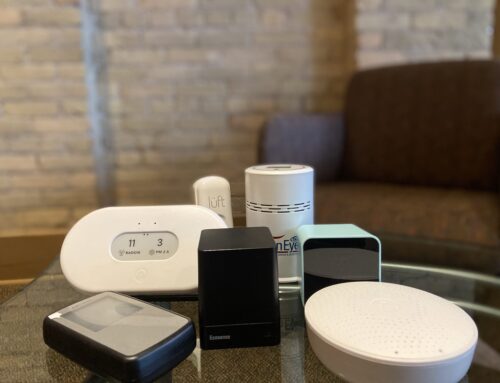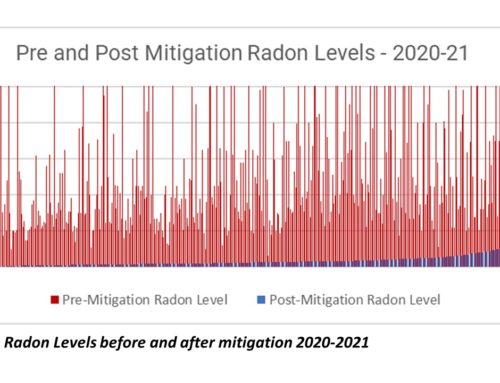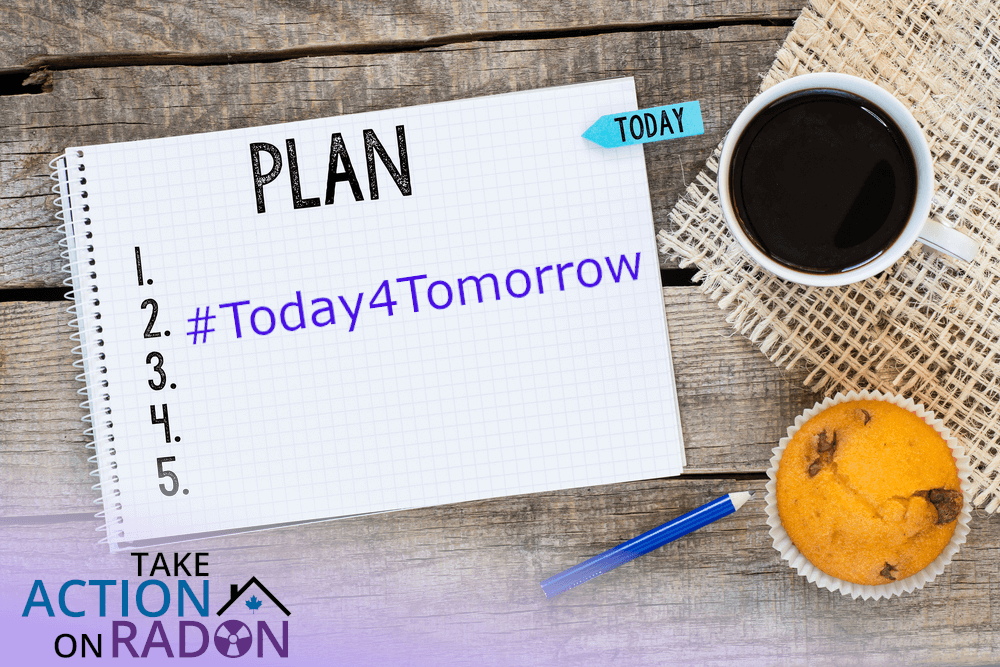
For this year’s Radon Awareness Month, we’re focusing on MUNICIPAL ACTIONS and small but impactful steps that municipalities across Canada can take to help their residents with protecting themselves from radon Today 4 Tomorrow. Whether it’s by helping them get easy access to a radon test by participating in the 100 Radon Test Kit Challenge; protecting homes while they are being built by changing building codes; providing incentives to homeowners to install radon mitigation systems through radon mitigation grants; or simply making radon information available in their libraries, on their website or in their municipal office to help increase radon awareness. These are examples of things that municipalities across Canada are already doing to help residents take action to reduce their radon and protect themselves and their families Today 4 Tomorrow.
100 Radon Test Kit Challenge:
Municipalities can help residents take action and test their homes by giving residents easy access to radon tests. This can involve conducting radon surveys and providing free or reduced-cost test kits; or may be as simple as connecting residents to accredited radon test kit suppliers.
This year 15 communities across Canada are participating in the 100 Radon Test Kit challenge, which will see 100 residents testing for radon in each participating community. The program will increase the amount of data available on radon levels across the country, and will also help spread radon awareness and help people reduce their lung cancer risk by testing their home and learning how to reduce their radon levels.
This year’s communities include:
Abbotsford, BC
Valemount, BC
Summerland, BC
Coquitlam, BC
McBride, BC
Dauphin, MB
Brandon, MB
Harrison Park, MB
Pembroke, ON
Calabogie, ON
North Grenville, ON
Sherbrooke, QC
Vaudreuil-Dorion, QC
Halifax, NS
Changing Building Codes:
The National Building Code includes radon control measures, but it is up to each province to adopt the code. Currently most provinces across Canada have included some building code measures that will control radon entry and assist in its removal, if radon testing shows it is necessary.
Municipalities can take steps to ensure builders are familiar with why and how these measures are included and ensure they are following best practices with education of builders and ensuring building officials are monitoring during the permitting process. In some areas, municipalities can make changes to their local building codes to add measures including a radon passive pipe to provide additional methods to help with mitigation of radon, when necessary.
Mitigation Grants:
Reducing radon levels is the ultimate step in reducing risk from radon. Radon Mitigation grants will help encourage and assist homeowners in taking the next step after they have recognized that they have high levels.
Radon Information:
Helping residents become aware of radon by providing information is a simple task and often the first step a municipality can take. Information can be shared at a Municipal Office, Library, or Health Care Offices. Take Action on Radon provides downloadable resources that can be used.
Awareness sessions are a great opportunity to help residents connect with the information and ask questions. Municipalities can host a radon awareness night and invite local radon experts to help answer any questions their residents have as they process the information presented.
Social Media is a powerful tool municipalities can use to raise radon awareness. Municipalities are welcome to get started by sharing Take Action on Radon’s twitter and facebook posts. These can easily be found by searching on #Today4Tomorrow or @actiononradon
Library kits can be easy ways to promote radon by hanging a poster on a community bulletin board and handing out bookmarks. Contact us and let us know how many and to what address and we can ship you a Library Radon Information Package.
About Radon:
Radon is a radioactive gas that is released by the breakdown of uranium in the soil. It is odourless, tasteless, and colourless, and can enter buildings and enclosed spaces undetected. Since Canadian homes are sealed against the weather, radon can become trapped indoors, building up to dangerous levels. Long-term exposure to high levels of radon damages the DNA in our lung tissue and is currently leading to over 3,000 Canadian deaths each year – more than car collisions, house fires, carbon monoxide poisoning and drowning combined.
Compared to national adoption rates of safety devices like seat-belts and smoke detectors, the adoption rates for testing for radon remain low.2 A recent study commissioned by Health Canada found that only 6% of Canadians have tested their home for radon.3
The Government of Canada is committed to reducing the number of radon-induced cancer deaths in this country by working with their partners, stakeholders and community leaders to promote awareness and to encourage more Canadians to take action against radon by having their homes tested.
Find more information and resources for stakeholders here.
Continue Reading
